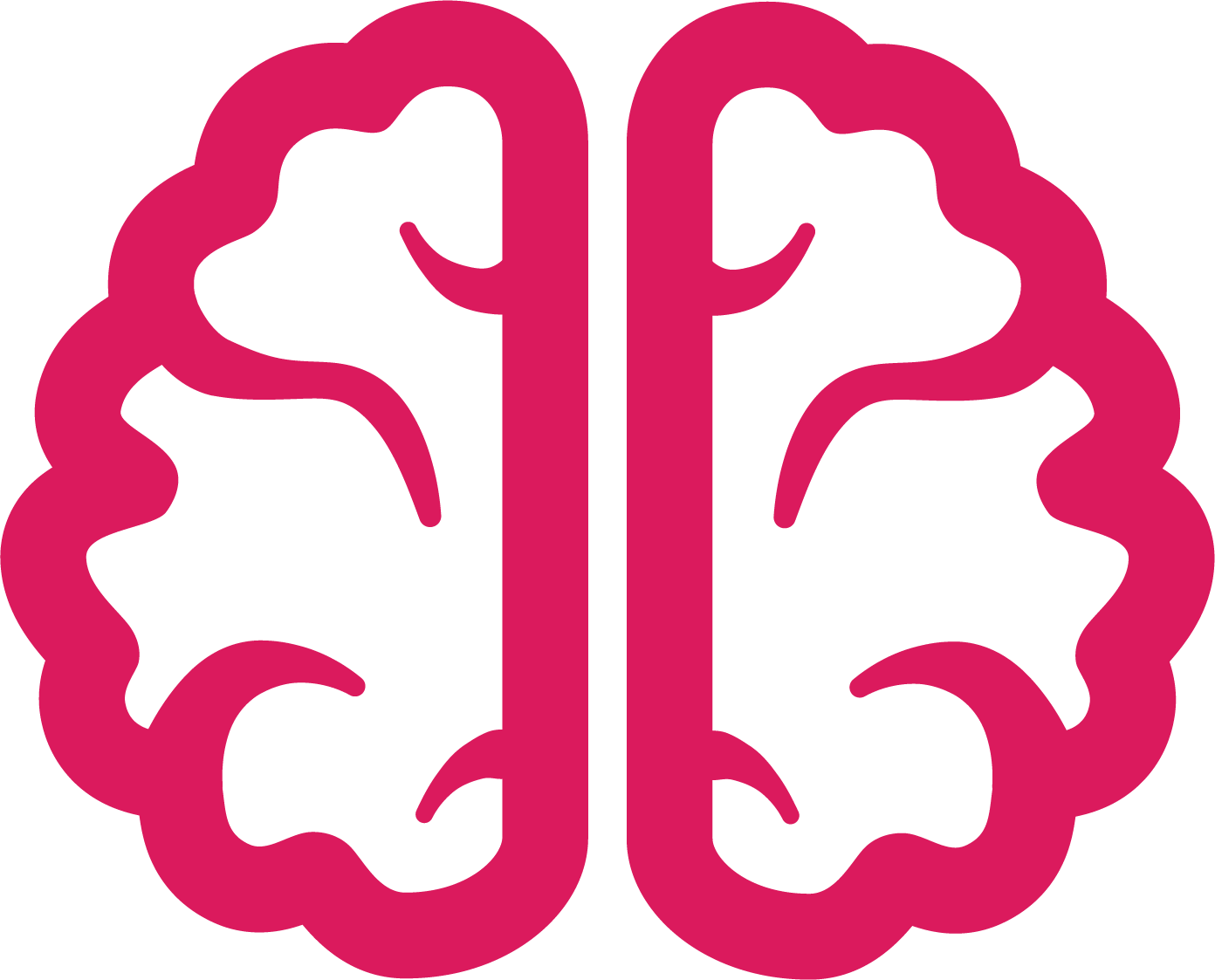The Zuckerman Institute at Columbia University is involved in cutting-edge research on the brain and mind. I created this gif-ographic (like an infographic, but with simple animation) to explain the research of Randy M. Bruno, PhD, a researcher at the Zuckerman Institute. Dr. Bruno studies cognition - a complex coordination by billions of neurons to create our sophisticated thoughts and emotions. When reading about his research, some of the conclusions reminded me of my training in music, so I thought that would be a good way to explain this area of neuroscience. For more information on his research, view the Zuckerman Institute website.
Epigenetics help the aging brain
This review paper summarizes recent research showing how epigenetics change the brain as we get older.
References:
Hwang, J., Aromolaran, K. A., & Zukin, R. S. (2017). The emerging field of epigenetics in neurodegeneration and neuroprotection. Nature Reviews Neuroscience, 18(6), 347-361. doi:10.1038/nrn.2017.46
Excitation and inhibition: The yin and yang of the brain
A correct balance of excitation (passing on activity) and inhibition (dampening down activity) is crucial to a normally-functioning brain. I created this infographic to describe how important this balance is. See the full post: http://knowingneurons.com/2017/01/25/excitation-inhibition/
References:
Harrington, Adam J., et al. “C. elegans as a model organism to investigate molecular pathways involved with Parkinson’s disease.” Developmental dynamics 239.5 (2010): 1282-1295.
Gruenert, Gerd, Peter Dittrich, and Klaus-Peter Zauner. “Artificial wet neuronal networks from compartmentalised excitable chemical media.” ERCIM NEWS 85 (2011): 30-32.Vanag, Vladimir K., and Irving R. Epstein. “Excitatory and inhibitory coupling in a one-dimensional array of Belousov-Zhabotinsky micro-oscillators: Theory.” Physical Review E 84.6 (2011): 066209.
Tompkins, Nathan, et al. “Testing Turing’s theory of morphogenesis in chemical cells.” Proceedings of the National Academy of Sciences 111.12 (2014): 4397-4402.
Buzsaki, Gyorgy. Rhythms of the Brain. Oxford University Press, 2006.
Bak, Per, Chao Tang, and Kurt Wiesenfeld. “Self-organized criticality: An explanation of the 1/f noise.” Physical review letters 59.4 (1987): 381.
Bak, Per. “How nature works: the science of self-organized criticality.” Nature 383.6603 (1996): 772-773.
Tetzlaff, Christian, et al. “Self-organized criticality in developing neuronal networks.” PLoS Comput Biol 6.12 (2010): e1001013.
Boutros, Nash N., et al. “Epilepsy spectrum disorders: A concept in need of validation or refutation.” Medical hypotheses 85.5 (2015): 656-663.
Boutros, Nash N., et al. “Predictive value of isolated epileptiform discharges for a favorable therapeutic response to antiepileptic drugs in nonepileptic psychiatric patients.” Journal of Clinical Neurophysiology 31.1 (2014): 21-30.
Make the most of a bilingual childhood
I helped write a paper describing how parents and teachers can help bilingual children develop most effectively! Below is a visual summary. Read the full paper here: The Developing Bilingual Brain: What Parents and Teachers Should Know and Do
How to be a better learner
I created this infographic as part of my team's submission to a contest to redesign high school: http://xqsuperschool.org/challenge
One of the goals of our project is to create students who are passionate about learning and can do so independently. So these techniques can be used by anyone to take control of their own learning.
References
1. Blakemore, S., & Choudhury, S. (2006). Development of the adolescent brain: Implications for executive function and social cognition. Journal of Child Psychology and Psychiatry, 47(3-4), 296-312.
2. Paunesku, D., Walton, G. M., Romero, C., Smith, E. N., Yeager, D. S., & Dweck, C. S. (2015). Mind-Set Interventions Are a Scalable Treatment for Academic Underachievement. Psychological Science, 26(6), 784-793.
3. Ramsden, S., Richardson, F. M., Josse, G., Thomas, M. S., Ellis, C., Shakeshaft, C., Seghier, M. L., Price, C. J. (2011). Verbal and non-verbal intelligence changes in the teenage brain. Nature, 479(7371), 113-116.
4. Firestein, S. (2013, February). The pursuit of ignorance. https://www.ted.com/talks/stuart_firestein_the_pursuit_of_ignorance?language=en.
5. D’Mello, S., Lehman, B., Pekrun, R., & Graesser, A. (2014). Confusion can be beneficial for learning. Learning and Instruction, 29, 153-170.
6. Briceño, E. (2015, November 23). Why Understanding These Four Types of Mistakes Can Help Us Learn.http://ww2.kqed.org/mindshift/2015/11/23/why-understanding-these-four-types-of-mistakes-can-help-us-learn/.
7. Carskadon, M. A. (2011). Sleep’s effects on cognition and learning in adolescence. Progress in Brain Research: Human Sleep and Cognition Part II - Clinical and Applied Research, 190, 137-143.
8. Owens, J. (2014). Insufficient Sleep in Adolescents and Young Adults: An Update on Causes and Consequences. Pediatrics, 134(3).
9. Gomez-Pinilla, F., & Tyagi, E. (2013). Diet and cognition. Current Opinion in Clinical Nutrition and Metabolic Care, 16(6), 726-733.
10. Gómez-Pinilla, F. (2008). Brain foods: The effects of nutrients on brain function. Nature Reviews Neuroscience, 9(7), 568-578.
11. Gomez-Pinilla, F., & Hillman, C. (2013). The Influence of Exercise on Cognitive Abilities. Comprehensive Physiology.
12. Voss, M. W., Carr, L. J., Clark, R., & Weng, T. (2014). Revenge of the “sit” II: Does lifestyle impact neuronal and cognitive health through distinct mechanisms associated with sedentary behavior and physical activity? Mental Health and Physical Activity, 7(1), 9-24.
13. Dalton, M. (2008, October/November). Beyond the chair: It's time to rethink ergonomics. Portland Spaces, 103-108.
14. Scherf, K. S., Smyth, J. M., & Delgado, M. R. (2013). The amygdala: An agent of change in adolescent neural networks. Hormones and Behavior, 64(2), 298-313.
15. Mcewen, B. S., Bowles, N. P., Gray, J. D., Hill, M. N., Hunter, R. G., Karatsoreos, I. N., & Nasca, C. (2015). Mechanisms of stress in the brain. Nature Neuroscience, 18(10), 1353-1363.
16. Kraag, G., Zeegers, M. P., Kok, G., Hosman, C., & Abu-Saad, H. H. (2006). School programs targeting stress management in children and adolescents: A meta-analysis. Journal of School Psychology, 44(6), 449-472.
17. Core, L. (2015). Dutch teen's ocean-cleaning invention to launch next year. http://grist.org/business-technology/dutch-teens-ocean-cleaning-invention-to-launch-next-year.
18. Gambino, M. (2014). Google Thinks These 18 Teenagers Will Change the World. http://www.smithsonianmag.com/science-nature/google-thinks-these-18-teenagers-will-change-the-world.






